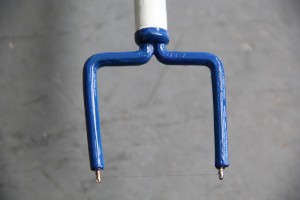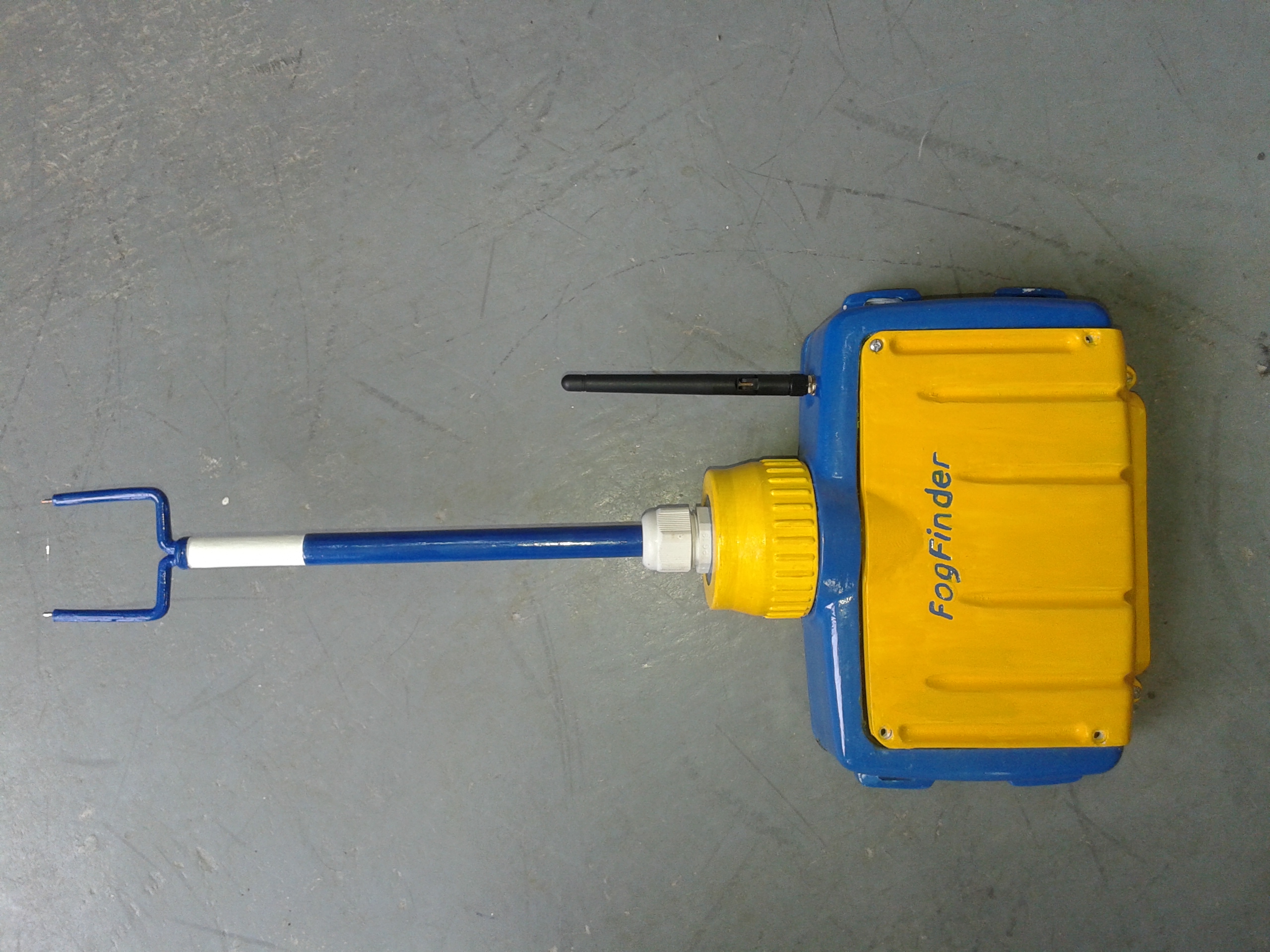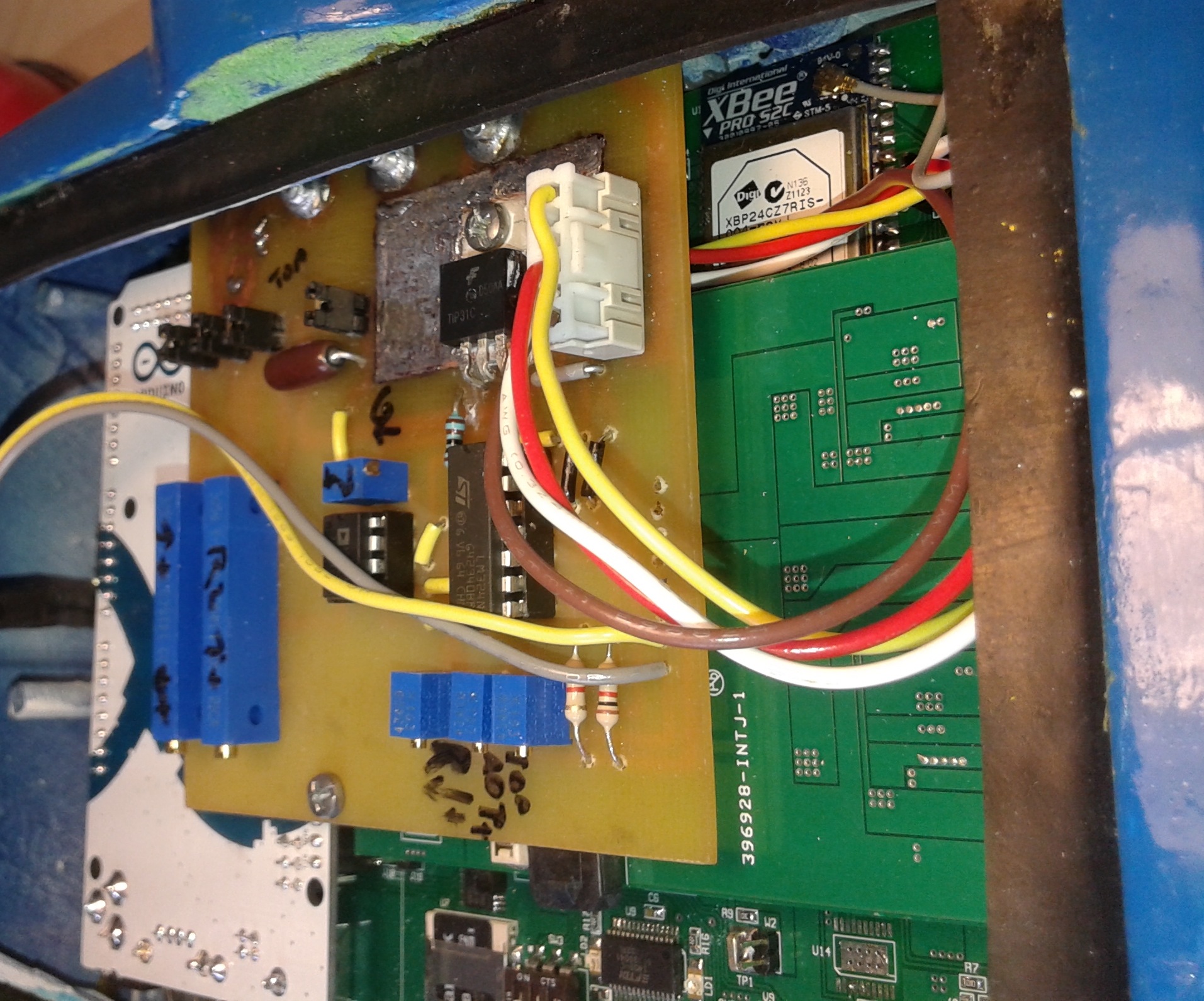No, its not possible to create water out of thin air. But, with a bit of engineering, scientists in Chile are turning foggy air into a reliable water source for nearby residents. The process is almost entirely naturalthe sun desalinates the water, the winds push the water to a higher elevation, and gravity allows the collected water to flow back down to the village.
Using large fog collectors, which consist of mesh mounted on a rigid structure, to capture impacting fog water droplets from the air and tapping into the natural processes mentioned above, fog collection could be an economical way to gather and distribute clean water.
The fog collectors are typically installed on hillsides and remote areas where fog is abundant. These installations are especially common in arid climates in Chile where rain runs scarce. As fog passes through, the droplets impact the mesh fibers and collect in a trough below. One of the real challenges and opportunities for innovation lies in determining where to install these collectors, how to orient them, and understanding how efficient they are at collecting water from the air.

While at the Universidad de los Andes in Santiago Chile, Richard LeBoeuf, Associate Professor at Tarleton State University, and Juan de Dios Rivera, of the Pontificia Universidad Católica de Chile, developed a new type of sensor called the "Liquid Water Flux Probe" to measure the availability of water at current and potential fog collector sites. The sensor measures the liquid water content and speed of the fog and can be used to understand the optimal location and orientation for each of the collectors.
The sensor is part of a larger system called FogFinder, which Richard LeBoeuf developed in collaboration with Juan Pablo Vargas and Jorge Gómez at the Universidad de los Andes. Together they designed and engineered the FogFinder system, which includes wireless networking.

With the primary challenge of measuring fog liquid water flux out of the way, the team needed to design a device capable of being deployed in extremely remote environments and easily retrieve sensor data. Since there is no power source to plug into out in the desert, the options are either solar or wind power. Due to their simplicity, a separate solar power system, comprised of a solar panel, battery, and charge controller, is used in conjunction with the FogFinder unit.
To facilitate the collection and transmission of sensor data, the team chose to build the foundation of FogFinder with Arduino and Digi XBee. Both components offered a fast and easy way to get started prototyping the design. Each sensor node is comprised of an Arduino Mega and Digi XBee module, and the team even designed and built custom boards to regulate voltage, interface the sensors and store data on a micro-SD card.

The node collects data on the following parameters:
- Liquid water flux
- Humidity
- Temperature
- Flow-rate from fog collectors
- Pressure
- Wind speed
- Wind direction
The team settled on using Digi XBee for local wireless communication since it provided greater range and required less power than Bluetooth. The Zigbee protocol also offers the flexibility to create a mesh network and configuration settings to conserve power-saving valuable battery life. With external antennas and mountain top to mountain top placement of each radio, they have achieved a reliable 1 km link.
Once the data is collected, its sent to a remote server over a cellular network. Using a BeagleBone SBC and a cellular modem, data is taken from the local Digi XBee Zigbee network and can be accessed on a remote computer. This data is then analyzed to assess the performance of the fog collector.
To learn more about Digi XBee click here >>